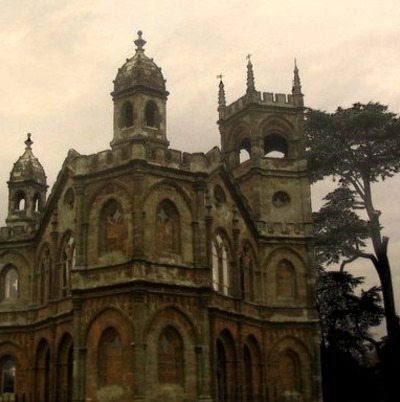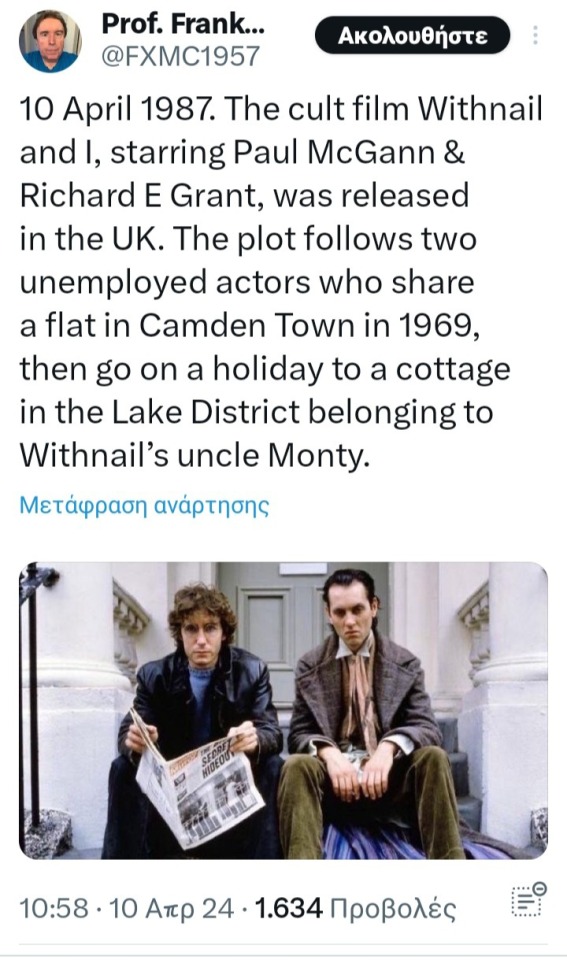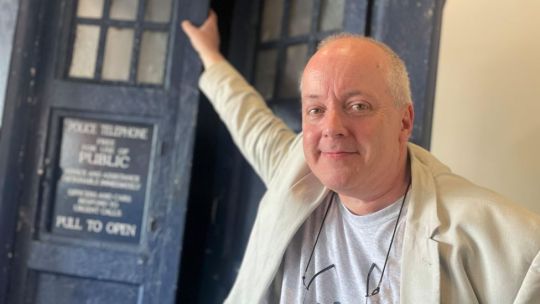#Stony Stratford
Text
Ancient House, Stony Stratford, England

0 notes
Photo

Ancient House, Stony Stratford, England
0 notes
Photo

Ancient House, Stony Stratford, England
0 notes
Photo

Ancient House, Stony Stratford, England
1 note
·
View note
Photo

Ancient House, Stony Stratford, England
0 notes
Photo

Ancient House, Stony Stratford, England
1 note
·
View note
Photo

Ancient House, Stony Stratford, England
0 notes
Text
Ancient House, Stony Stratford, England

0 notes
Text
Ancient House, Stony Stratford, England

1 note
·
View note
Text

Beauty Salon Stony Stratford
Welcome to Stunning Beauty Co. Our boutique offers a unique range of beauty treatments that are tailored to your individual needs. We offer a variety of services that include laser hair removal, luxury pedicures, facials, brows and lash injections, waxing and tanning. Connect with us today!
visit here:- https://stunningbeautyco.co.uk/
#beauty salon stony stratford#stunning beauty co stony stratford#stunning beauty stony stratford#beauty salon near me#waxing near me#nail salon stony stratford#pedicure stony stratford
1 note
·
View note
Text
Today it's the 37th anniversary of Withnail and I. Let's celebrate it with the finest wines available to humanity!! 🍷🍷🎉🎆
Happy 37th anniversary, Withnail and I!






Paul told to BBC recently that while he was driving to Bedford (for the charity con), he passed by Milton Keynes, the place where the iconic tearoom scene was filmed, and was tempted to go there.
#Withnail and I#is 37 years old today#my favourite movie#lots of memorable quotes and scenes#Paul McGann#Richard E. Grant#Richard Griffiths#Ralph Brown#Happy anniversary to the most iconic film ever!
52 notes
·
View notes
Text
"Mancini, an Italian visitor to England, was concerned for (Edward V and Richard of Shrewsbury's) fate as early as mid July. Well before he left England in that month, the princes, he later wrote, 'were withdrawn into the inner apartments of the Tower and were seen more and more rarely behind the bars and windows, till at length they ceased to appear at all'. Rumours of the princes' deaths were already circulating by the year's end. George Cely reported that he had heard that Edward V might be dead not long after 13 June, and certainly before his uncle claimed the throne. The Crowland chronicler, writing in about 1486, recalled how the rumour arose in September 1483 that 'the princes, by some unknown manner of destruction, had met their fate'. Some early reports went further, stating quite categorically that the princes were no longer alive. Robert Ricart, recorder of Bristol, entered in his Kalendar under the year ending 15 September 1483 that 'in this year the two sons of King Edward were put to silence in the Tower of London'. Shortly after 1485 the anonymous compiler of a genealogy of English kings concluded his work by accusing Richard, with his accomplice Buckingham, of murdering the princes. A London citizen, in some historical notes written before the end of 1488, noted that 'they were put to death in the Tower of London' in the mayoral year ending November 1483. John Rous, writing in 1489, reported that Richard killed the princes within three months of welcoming Edward V at Stony Stratford on 30 April; Richard, he wrote, 'received his lord king Edward V blandly with embraces and kisses, and within three months or a little more he killed him with his brother'. Rumours to similar effect reached France. In a speech to the estates general in 1484 the chancellor of France, Guillaume de Rochefort, reminded his audience how Edward IV s sons had been murdered and the crown seized by the murderer."
-Nigel Saul, "The Three Richards: Richard I, Richard II and Richard III"
*Just to add, Casper Weinrich of Danzig's chronicle at the end of 1483 also states that, "Richard, the King's brother, has put himself in power and crowned in England and he had his brother's children killed" and then in 1485 "King Richard of England, who had had his brother Edward’s children killed, was killed about St. Lawrence Day"
#r*chard iii#there were many more reports but I didn't want this post to drag#the thing is: contemporaries and immediate post-contemporaries were unanimously confident in their assertion that Richard III#murdered his nephews. But their reports are muddled and occasionally contradictory when it comes to the details#(the exact time and month; the method; etc)#and Ricardians seize those discrepancies to discredit all of them#but these minor differences are in fact entirely understandable and to be expected.#If the Princes had been murdered it would have been done secretly and would have been deliberately hidden#Richard never acknowledged or refuted any of the rumors against him and never displayed his nephews' bodies (dead or alive) to the public#So it's only natural that contemporaries were unsure about the specific details#But it's striking that despite these differences all contemporaries were unanimously certain about one thing:#that the Princes of the Tower were murdered and Richard III was their murderer#Their minor discrepancies make their main point MORE - not less - conspicuous
28 notes
·
View notes
Text
Doctor Who convention raises thousands for charity

Paul McGann said he enjoyed meeting fans at the event and one gave him a certificate naming a planet after him
Doctor Who actor Paul McGann has praised a convention he took part in after it raised over £17,000 for charity.
The ninth annual Bedford Who event was held on Saturday, where fans paid for autographs and selfies with stars of the BBC television show.
Money raised has been split between Bedford Foodbank, homeless charity Smart, and FACES, which supports vulnerable families.
McGann, who starred in the 1996 Doctor Who TV movie, said the event had a more friendly feel to bigger, "pretty commercial" conventions he had done in America.

Some fans attended the event at King's House in Bedford dressed as characters from the show
He said fans gave him gifts on the day including sweets, artwork and even a naming certificate for a planet.
"It's been lovely, it's been friendly, we can literally look each other in the eye, I prefer that," he said.
The actor, 64, told BBC Three Counties Radio he considered visiting nearby Stony Stratford, where he filmed part of the 1987 film Withnail & I.
A chemist in the town was transformed into a tea room for the black comedy, where McGann and Richard E Grant's characters drunkenly demanded cake and fine wine.
He said: "It was a big deal because Withnail was filmed all in London or the Lakes except just for that little bit of Milton Keynes.
"Do you think if I go back to the place will anybody twig that it's me?"

Organiser Simon Danes said the money raised far exceeded expectations
Organiser Simon Danes said he was "gobsmacked" with the final amount raised and praised "the generosity of Doctor Who fans and kindness of celebrity guests".
The 58-year-old said: "We were expecting about 10k but we weren't expecting it to be as high as that.
Also appearing at the event was Jemma Redgrave, who recently starred on screen alongside David Tennant and new Doctor Ncuti Gatwa.
The organiser added: "Jemma is so busy she doesn't do many conventions, so we honoured she has come to us.
"It's the first time we had a star of the current series with us."
The retired teacher added: "Next year is our 10th anniversary, so we're hoping to do something even more special, don't ask me what is yet."
12 notes
·
View notes
Note
There are two versions of the marriage dates between Edward IV and Elizabeth Woodwell?
1st of May 1464 is the commonly used date, though since the marriage was a secret one we can’t say for sure when they were married, there is no documented date. Based on Edwards wheabouts in April and May of 1464 he was in/around Grafton so it is possible he either visited Elizabeth or indeed they got married. It is also quite possible they were married later in 1464 (late August) so close to September 1464 when Edward formally announced his marriage to Elizabeth at Reading. Mainly because Elizabeth asked William Hastings to help her with her inheritance for her sons and in August 1464 there was a proposition/arrangement for Thomas Grey to become William Hastings ward. So if Elizabeth was already married to Edward it is strange that she would be thinking of giving William Hastings her son as a ward since she would be married to the king and could oversee her sons inheritance herself.
I’ll post an excerpt here from “The Woodvilles” by Susan Higginbotham:
“Those chronicles that give a date for Edward IV and Elizabeth Woodville’s marriage each specify the same one: 1 May. This date is compatible with the known movements of Edward, who was at Stony Stratford the night of 30 April 1464 and could have made an excursion to and from Grafton that morning, as claimed by Fabyan in the sixteenth century:
«[I]n most secret manner, upon the first day of May, King Edward spoused Elizabeth […] which spousals were solemnised early in the morning at a town called Grafton, near Stony Stratford; at which marriage were no persons present but the spouse, the spousess, the Duchess of Bedford her mother, the priest, two gentlewomen, and a young man to help the priest sing. After which spousals ended, he went to bed, and so tarried there three or four hours, and after departed and rode again to Stony Stratford, and came as though he had been hunting, and there went to bed again. And within a day or two after, he sent to Grafton to the Lord Rivers, father unto his wife, showing to him he would come and lodge with him a certain season, where he was received with all honour, and so tarried there by the space of four days. In which season, she nightly to his bed was brought, in so secret manner, that almost none but her mother was of counsel.»
Whether the couple were married on May Day or later, the scant record does bear out Hall’s claim that a priest was present at the wedding. A Master John Eborall, whose church of Paulspury was close to Grafton and Stony Stratford, is said to have offered in 1471 to intercede in a land dispute involving the queen ‘supposing that he might have done good in the matter, forasmuch as he was then in favour because he married King Edward and Queen Elizabeth together’. A chronicle known as Hearne’s Fragment adds that the priest who married the couple was buried at the high altar of the Minories in London, but leaves a blank space for the man’s name.”
I do personally think Edward and Elizabeth married around late August or early September and kept it a secret for only a handful of weeks, not months. And Edwards frequent movements in and about Grafton in spring and summer 1464 means they were courting and their marriage might not have been in such a haste as some might think.
#edward iv#elizabeth woodville#15th century#wars of the roses#kings and queens#history#anonymous#ask
19 notes
·
View notes
Text
Those chronicles that give a date for Edward (IV) and Elizabeth (Woodville)’s marriage each specify the same one: 1 May. This date is compatible with the known movements of Edward, who was at Stony Stratford the night of 30 April 1464 and could have made an excursion to and from Grafton that morning, as claimed by Fabyan in the sixteenth century:
[I]n most secret manner, upon the first day of May, King Edward spoused Elizabeth […] which spousals were solemnised early in the morning at a town called Grafton, near Stony Stratford; at which marriage were no persons present but the spouse, the spousess, the Duchess of Bedford her mother, the priest, two gentlewomen, and a young man to help the priest sing. After which spousals ended, he went to bed, and so tarried there three or four hours, and after departed and rode again to Stony Stratford, and came as though he had been hunting, and there went to bed again. And within a day or two after, he sent to Grafton to the Lord Rivers, father unto his wife, showing to him he would come and lodge with him a certain season, where he was received with all honour, and so tarried there by the space of four days. In which season, she nightly to his bed was brought, in so secret manner, that almost none but her mother was of counsel.
Several historians, however, have questioned the May Day date. As David Baldwin notes, ‘The idea of a young, handsome king marrying for love on Mayday may have been borrowed from romantic tradition’. J.L. Laynesmith agreed that ‘1 May is a suspiciously apt day for a young king to marry for love. May had long been the month associated with love, possibly originating in pre-Christian celebrations of fertility and certainly celebrated in the poetry of the troubadours’. Moreover, there are documentary reasons to be wary of the May Day date. On 10 August 1464, Edward signed a document giving Hastings the wardship of Thomas Grey. Wardships were lucrative commodities; if Elizabeth was already married to the king, it seems likely, as Michael Hicks has pointed out, that she would have asked to keep the wardship for herself. Furthermore, on 30 August 1464, Edward granted the county of Chester to his brother George, Duke of Clarence, apparently in his capacity as heir apparent. Such a grant would seem unnecessary if Edward had just married a lady who could be expected to provide him with an heir of his own body.
Whether the couple were married on May Day or later, the scant record does bear out Hall’s claim that a priest was present at the wedding. A Master John Eborall, whose church of Paulspury was close to Grafton and Stony Stratford, is said to have offered in 1471 to intercede in a land dispute involving the queen ‘supposing that he might have done good in the matter, forasmuch as he was then in favour because he married King Edward and Queen Elizabeth together’ A chronicle known as Hearne’s Fragment adds that the priest who married the couple was buried at the high altar of the Minories in London, but leaves a blank space for the man’s name.”
- Susan Higginbotham, “The Woodvilles: The Wars of the Roses and England’s Most Infamous Family”
#history#elizabeth woodville#edward iv#historicwomendaily#the wars of the roses#15th century#House of York#if the 10 August date is true it 1) suggests that Edward may have been more familiar with Elizabeth by then#and 2) definitely suggests that their marriage date was much closer to the September announcement than what's often assumed#mine
25 notes
·
View notes
Note
Hii I had a question: did Anthony Woodville, Richard Grey abd Vaughan receive trials before their executions? I remember reading that they didn't but I can't find anything online..
Hi, anon! No, they did not undergo any kind of trial. They were imprisoned at Pontefract after they were captured by Richard of Gloucester on their way to London. According to Mancini (writing in 1483), once Richard reached London and claimed the title of Lord Protector, he demanded before the council that Rivers, Grey and Vaughan be executed for treason for conspiring against his life. The council, however, refused, saying that any attack on his person before he was Lord Protector could not be considered treason. The three men remained imprisoned until 25 June, a day before Richard claimed the title of King of England, when Sir Richard Ratcliffe had Rivers, Grey and Vaughan put to death.
As remarked by A. J. Pollard:
We should not assume that [Richard]’s usurpation was conducted according to a timetable; but there are nevertheless several observations that can be made with some certainty. The first is that Richard took and never surrendered the initiative. It is hard to sustain the idea that he was forced into usurpation by circumstances or by his rivals’ actions. He did not need to seize Rivers and his companions at Stony Stratford; he did not need to execute Hastings on 13 June. On both these occasions experienced politicians walked unsuspectingly into a trap. None of Richard’s victims in the summer of 1483 anticipated the fate awaiting them. In modern jargon, Richard was proactive, not reactive. The second observation is that Richard acted with unprecedented ruthlessness. His enemies were executed without trial. They were not in arms against their sovereign; they were not taken after battle and slain even under the colour of the law of arms. There was no pretence of lawful process. They were murdered in cold blood.
#ask#anon#anthony woodville#richard grey#sir thomas vaughan#i have other asks sitting in my inbox#sorry everyone i've been busy#but i will get to them someday
21 notes
·
View notes